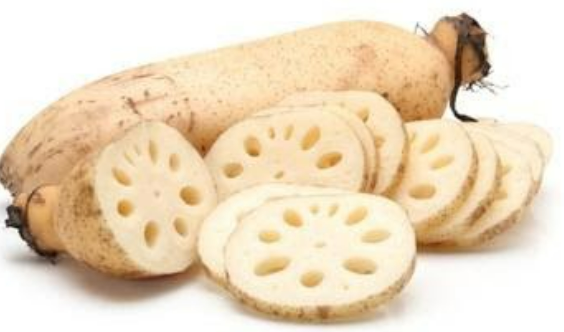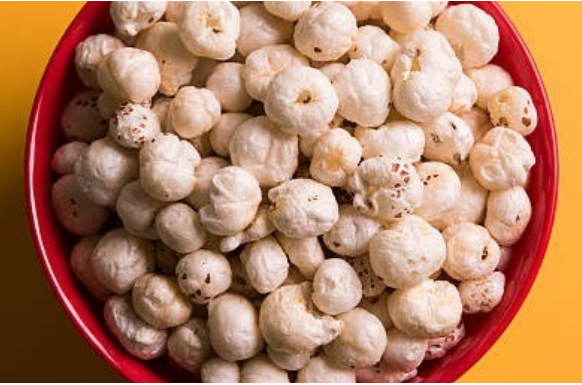
Edible part of the lotus plant?
Answer
390.9k+ views
Hint: The lotus is a plant that grows in submerged areas. It has a thick stalk, with flat circular leaves. The plant can grow up to a height of 8 feet. The flowers bloom above the surface of the water and the stem and roots remain submerged. The lotus plant has rhizomes that perform the function of roots in this part.
Complete answer:
The scientific name of lotus is Nelumbo nucifera.
The most commonly eaten parts of the roots, seeds, and the young flowers.
The root of lotus is also known as “Kamal kakdi” locally in India. It is believed to lower down blood pressure, bring a shine and glamour to the skin, and contains a lot of fiber that improves our digesting ability.

The seeds of lotus (also known locally as “Makhana”), are a very good source of nutrients, antioxidants, and make up an overall good dietary source. It is also known to regulate blood sugar levels.

The young flowers of lotus are used as a sweetening, flavoring, and as an agent to add fragrance to special dishes. Apart from these, it is known to bring relief from coughs, cold and stomach problems.
Note:
The major point to be noted here is that there is no scientific proof yet to prove the above-mentioned utilities of consuming the parts of the lotus plant. All this information is passed onto us by our previous generation for ages and now it is a ‘belief’ following which we consume the parts of the lotus plant rather than a scientific fact. The scientific validity of these facts is yet to be proved.
Complete answer:
The scientific name of lotus is Nelumbo nucifera.
The most commonly eaten parts of the roots, seeds, and the young flowers.
The root of lotus is also known as “Kamal kakdi” locally in India. It is believed to lower down blood pressure, bring a shine and glamour to the skin, and contains a lot of fiber that improves our digesting ability.

The seeds of lotus (also known locally as “Makhana”), are a very good source of nutrients, antioxidants, and make up an overall good dietary source. It is also known to regulate blood sugar levels.

The young flowers of lotus are used as a sweetening, flavoring, and as an agent to add fragrance to special dishes. Apart from these, it is known to bring relief from coughs, cold and stomach problems.
Note:
The major point to be noted here is that there is no scientific proof yet to prove the above-mentioned utilities of consuming the parts of the lotus plant. All this information is passed onto us by our previous generation for ages and now it is a ‘belief’ following which we consume the parts of the lotus plant rather than a scientific fact. The scientific validity of these facts is yet to be proved.
Recently Updated Pages
The correct geometry and hybridization for XeF4 are class 11 chemistry CBSE

Water softening by Clarks process uses ACalcium bicarbonate class 11 chemistry CBSE

With reference to graphite and diamond which of the class 11 chemistry CBSE

A certain household has consumed 250 units of energy class 11 physics CBSE

The lightest metal known is A beryllium B lithium C class 11 chemistry CBSE

What is the formula mass of the iodine molecule class 11 chemistry CBSE

Trending doubts
State the laws of reflection of light

One Metric ton is equal to kg A 10000 B 1000 C 100 class 11 physics CBSE

Difference Between Prokaryotic Cells and Eukaryotic Cells

What is the modal class for the following table given class 11 maths CBSE

How do I convert ms to kmh Give an example class 11 physics CBSE

Give an example of a solid solution in which the solute class 11 chemistry CBSE




